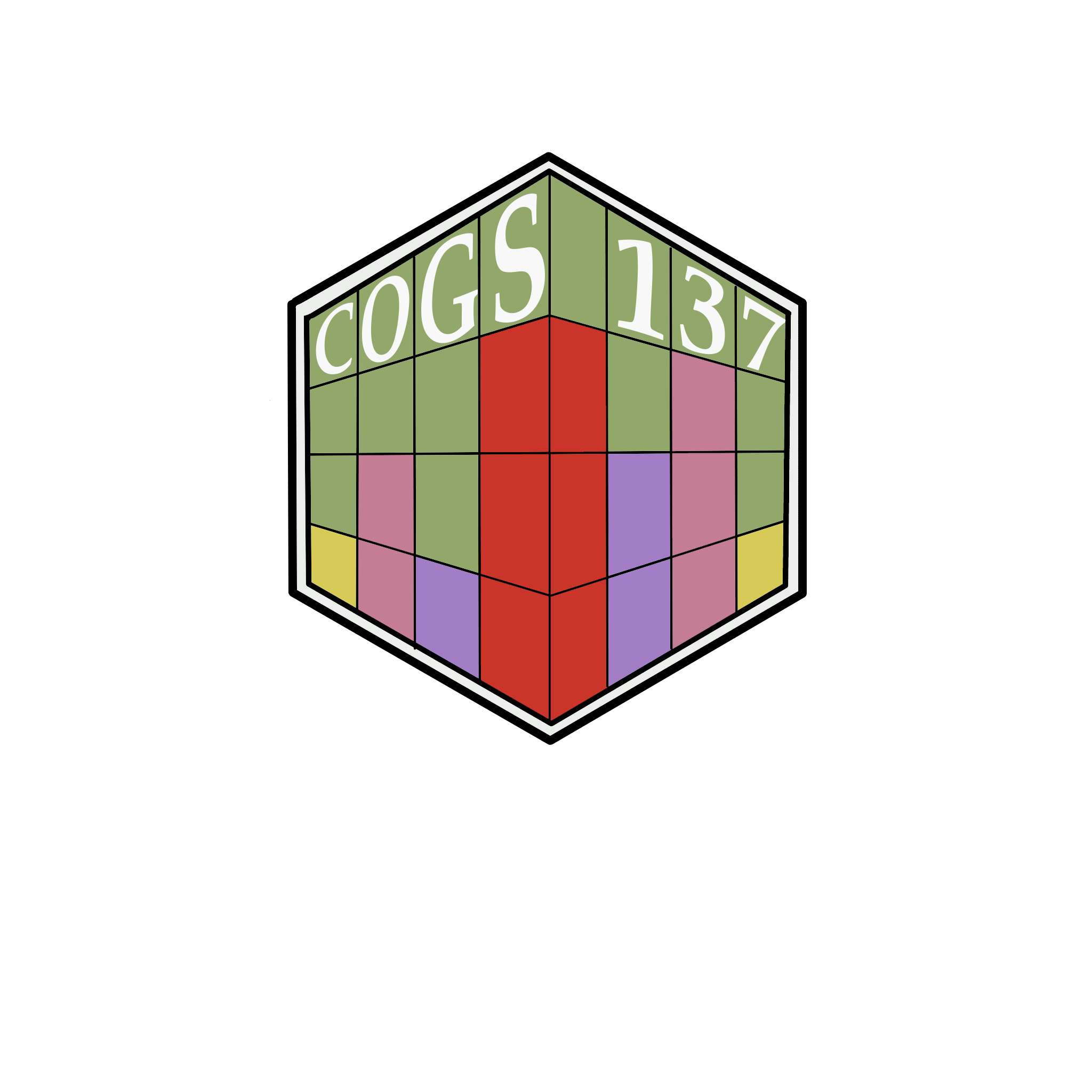02-cs01-intro
UC San Diego
COGS 137 - Fall 2024
2024-10-04
CS01: Biomarkers of Recent Use
Q&A
Q: Does R let you perform arithmetic across number and integer types?
A: Yup! For example7L + 2gives you 9. (Similarly7L + 2.2gives 9.2)
Q: I am confused on how to open up projects, what it means to comit and pull.
A: We’ll review this again today!
Q: I am very new to using Github, so using Github is a bit confusing, but probably just b/c I am very new to it.
A: This is a normal feeling at the start of this course! I promise in a week it will feel more comfortable!
Q: I’m curious about the usage of R versus Python. Are there certain situations where R is more useful than Python?
A: In a nutshell, almost everything you can do in one you can do in the other. However, in my opinion, R is most useful when 1) cleaning data, 2) using statistical models, and 3) visualizing data. (On the flip side, when I’m writing software, using APIs, and gathering data, I typically turn to Python.)
Q: How do I save my lecture practice into a new file in R?
A: I would recommend opening a new .Rmd file and then saving it with the name of the lecture.
Q: i noticed that global variables remain in the environment panel even when i delete that variable in my rmd script. does it matter that they are still there? i tried clicking the broom and rerunning the code, and only the variables i wanted remained, but is this the right way to go about changing or deleting variables in my code?
A: Yup! The broom will clean up your environment! There is also anrm()function if you ever want to remove an individual variable from your environment.
Q: Am I supposed to create an “R Markdown” or an “R Notebook”?
A: I’ll demo R Markdown, so encouraging use of that.
Q: Will we be covering any syntax guidelines when programming in R? For example, in other programming languages indents/spaces are necessary for many functions but I’m wondering if there is anything like that used in R.
A: I will highlight them as we go! R does not necessitate whitespace ever, but stylistically, we will encourage it. What I teach will be based off of this style guide.
Q: How many points are there in total for the extra credits
A: I’m not totally sure yet. At least a few points.
Q: I wonder what will be the format of the lab session?
A: Typically a short presentation (5 min) at the beginning to explain the lab or discuss the most difficult/confusing part. Then, time to work on lab and get questions answered by staff.
Q: Could you please post the slides one or two days before class? I would like to review them in advance so I can better follow along during the lecture and not feel lost. A: I totally understand the request, and I’ll do my best! (For example, these have been up since Monday), but I’m re-doing the slides up to class many days. While the examples will change this quarter, the concepts will overlap with last Fall, so feel free to reference those notes.
Q: What are the main parts of the R interface that we will be interacting with?
A: RMarkdown files, R Console, Git pane, Files pane, and Plots pane
Q: I had a question about the survey for participation. I’m usually busy right after class. Is there any way to get credit for it even if I submit it a couple of hours later or for it to open a little before class ends.
A: I do typically end class a few minutes early for completion then and we’re working to open it a few minutes before class ends. It’s always fine to fill it out later if it’s open. It will always be open until at least 5PM.
Course Announcements
Due Dates:
- Student survey due Fri 10/4 (11:59 PM; #finaid)
- Lab 01 now available (due next Thursday 10/10)
- No in-class lab this Friday; Monday’s lab is happening
- Lecture Participation survey “due” after class
Note:
- Run this in console once:
options(download.file.method="wget") - We’re going to start CS01 in lecture/lab before you know your group mates.
- Reminder to Shannon: demo lab clone, push pull
Agenda
- Background
- Data Intro
- Paper Results
- Wrangle
Background
Case Studies in COGS 137
- Question + Data Provided
- Wrangling + Analysis Discussed/Presented in Class
- In groups:
- reproduce the analysis
- extend the analysis
Deliverables
- Full Rmd report (explanations, text and story matter!)
- General Audience communication
CS01: Biomarkers of Recent Use
- Focuses on Data Wrangling and EDA
- Uses real research data from a collaboration w/ Rob Fitgerald’s group
Motor Vehicle Accidents (MVAs)
- 2/3 of US trauma center admissions are due to MVAs
- ~60% of such patients testing positive for drugs or alcohol
- Alcohol and cannabis are most frequently detected
Source: https://academic.oup.com/clinchem/article/59/3/478/5621997
Legalization of Marijuana
- Federally illegal in the US
- Decriminalized in many states
- Medically available in 15 states
- Legal for recreational use in 24 states (including CA)
Increased roadside surveys
- 25% increase in use nationwide from 2002 to 2015 (survey)
- THC detection in drivers increased by 48% from 2007 to 2014
- Increased prevalence of consumption -> possible intoxication -> possible impaired driving -> public health concern
DUI of Alcohol (DUIA)
- The science is there. Don’t do it.
- DUIA has decreased since the 1970s
- % of nighttime, weekend drivers testing over the legal limit (BAC > 0.08 g/dL) decreased from 7.5% (1973) to 2.2% (2007) link
DUI of Cannabis
- In a 2007 survey, 16.3% of nighttime drivers were drug-positive link
- 8.6% of these tested positive for THC
- Experimental and cognitive studies suggest cannabis-induced impairment increases risk of motor vehicle crashes:
Evidence suggests recent smoking and/or blood THC concentrations 2–5 ng/mL are associated with substantial driving impairment, particularly in occasional smokers.link
Roadside Detection
- per se laws: “a driver is deemed to have committed an offense if THC is detected at or above a pre-determined cutoff” link
- Defining cutoffs for safe driving is difficult
- THC concentration differs by:
- “smoking topography” (time to smoke; number of puffs)
- frequency of use
- route of ingestion
As of 2021…link
- 19 states have per se or zero tolerance cannabis laws
- States with per se laws (Illinois, Montana, Nevada, Ohio, Pennsylvania, Washington and West Virginia), cutoffs range from 1 to 5 ng/mL THC in whole blood.
- In 3 states, per se limits also apply to THC metabolites
- Colorado: “reasonable inference” - blood contained >5 ng/mL THC at the time of the offense
- 3 states zero tolerance for THC; 8 states for THC and metabolites
Metabolism
- peak blood concentrations occur during smoking, then drop rapidly link
- subjective ‘high’ persists for several hours, varies greatly between individuals
- THC concentrations remain detectable in frequent users longer than occasional users link
- THC and certain metabolites can be detected in blood for weeks to months after use and do not necessarily indicate impairment
Detection
Various approaches:
- Detect impairment (officers detect DUIC)
- Detect recent use (test for compounds)
- Combine recent use + impairment
Focus here: Can we identify a biomarker of recent use?
- recent use: defined here as within 3h
- testing THC and metabolites in blood, oral fluid (OF), and breath
Aside: Case Study Report
- Your Case study will need a background section
- It can use/summarize/paraphrase the information here (you should cite the source, not me)
- But, you’re not limited to this information
- You are allowed/encouraged to dig deeper, include what’s most important, add to, remove, etc.
- There are a lot of citations in this section - go ahead and peruse them/others/use references in these papers
Question
Which compound, in which matrix, and at what cutoff is the best biomarker of recent use?
The Data
Participants
- placebo-controlled, double-blinded, randomized study
- recruited:
- volunteers 21-55 y/o
- had a driver’s license
- self-reported cannabis use >= 4x in the past month
- Participants were:
- compensated
- medically evaluated (for safety)
- asked to refrain from use for 2d prior to participation
- exclusion criteria: OF THC concentration ≥5 ng/mL on day of study (n=7)
- Study included 191 participants
Demographics
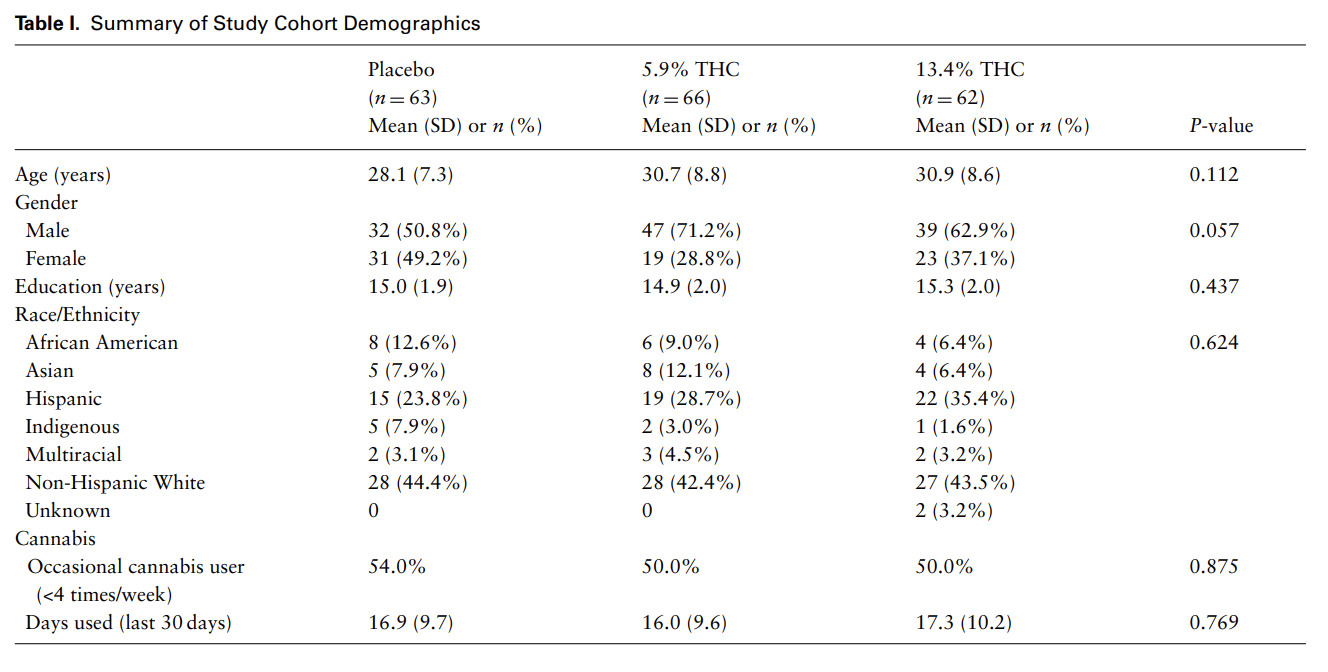
Source: Hoffman et al.
Experimental Design
Participants were:
- randomly assigned to receive a cigarette containing placebo (0.02%), or 5.9% or 13.4% THC
- Blood, OF and breath were collected prior to smoking
- smoked a 700 mg cigarette ad libitum within 10 min, with a minimum of four puffs.
- After smoking, 4 additional OF and breath and 8 blood collections were completed at time points up to ∼6h from the start of smoking.
- Participants ate and drank water between collections, although not within 10 min of OF collection.
Timeline
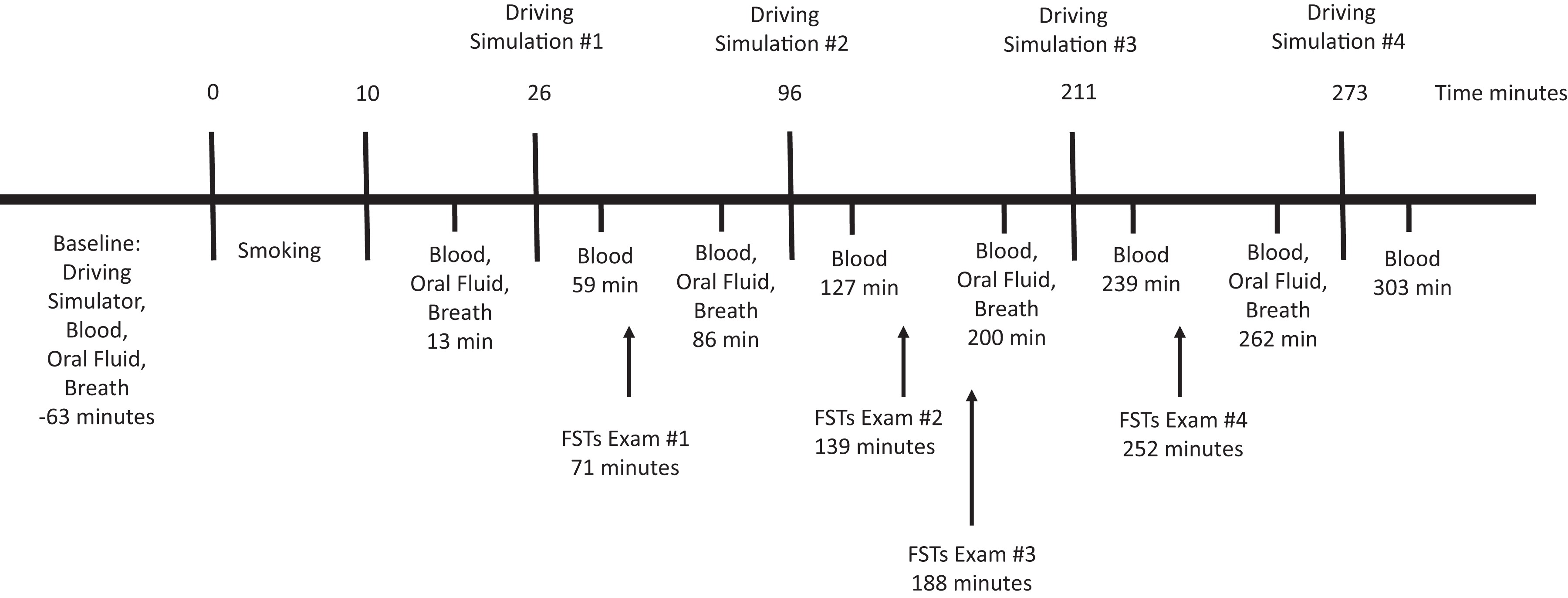
Source: Fitzgerald et al.
Consumption
 Source: Hoffman et al.
Source: Hoffman et al.
Topography
 Source: Hoffman et al.
Source: Hoffman et al.
What do we recall?
- Summarize what we know about Detection of Impairment for DUIC.
- Summarize what experiment was carried out.
- Summarize what we know about the data so far.
Subjective Highness
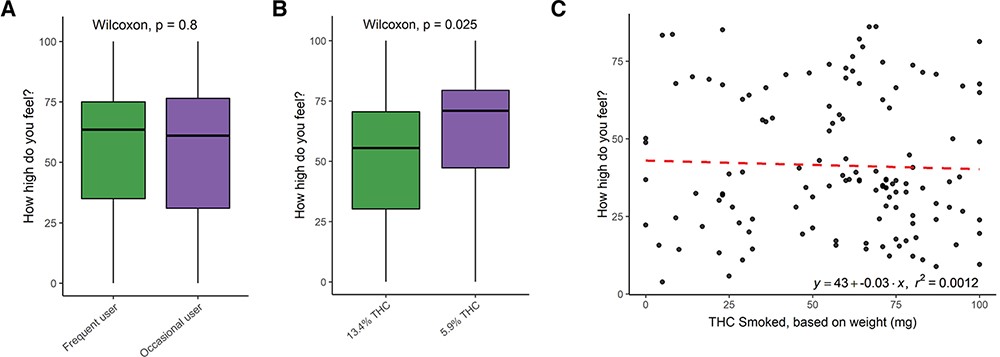
Source: Hoffman et al.
Our Datasets
Three matrices:
- Blood (WB): 8 compounds; 190 participants
- Oral Fluid (OF): 7 compounds; 192 participants
- Breath (BR): 1 compound; 191 participants
Variables:
ID| participants identifierTreatment| placebo, 5.90%, 13.40%Group| Occasional user, Frequent userTimepoint| indicator of which point in the timeline participant’s collection occurredtime.from.start| number of minutes from consumption- & measurements for individual compounds
The Data
You’ll have access once your groups/repos are created…(today I want people to follow along; there will be time to try on your own soon!)
Important
These data are for our use only and not to be shared widely, so this case study cannot be put in your portfolio, but CS02 and your final project can!
First Look at the data (WB)
First Look at the data (OF)
First Look at the data (BR)
Analysis
Where We’re Headed…
Results from: Hubbard et al (2021) Biomarkers of Recent Cannabis Use in Blood, Oral Fluid and Breath link
Fig 1: Pre-smoking
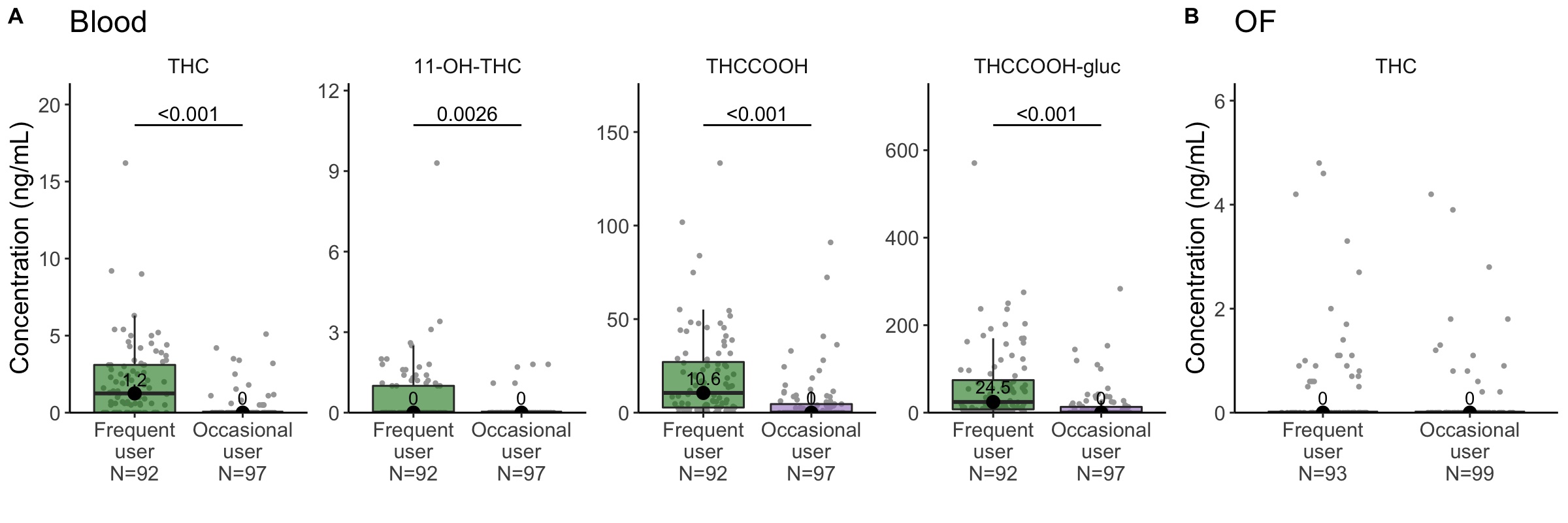
Fig 2: Sensitivity and Specificity

Fig 3: Cross-compound relationship
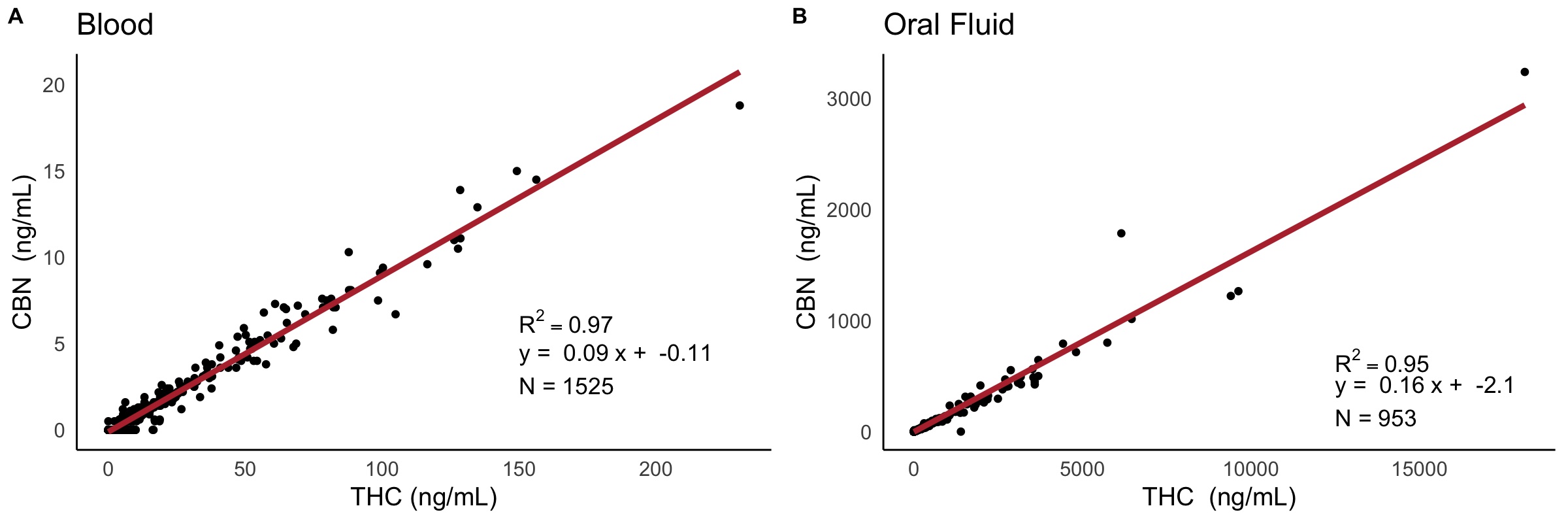
Fig 4: Cutoffs

Fig 5: Youden
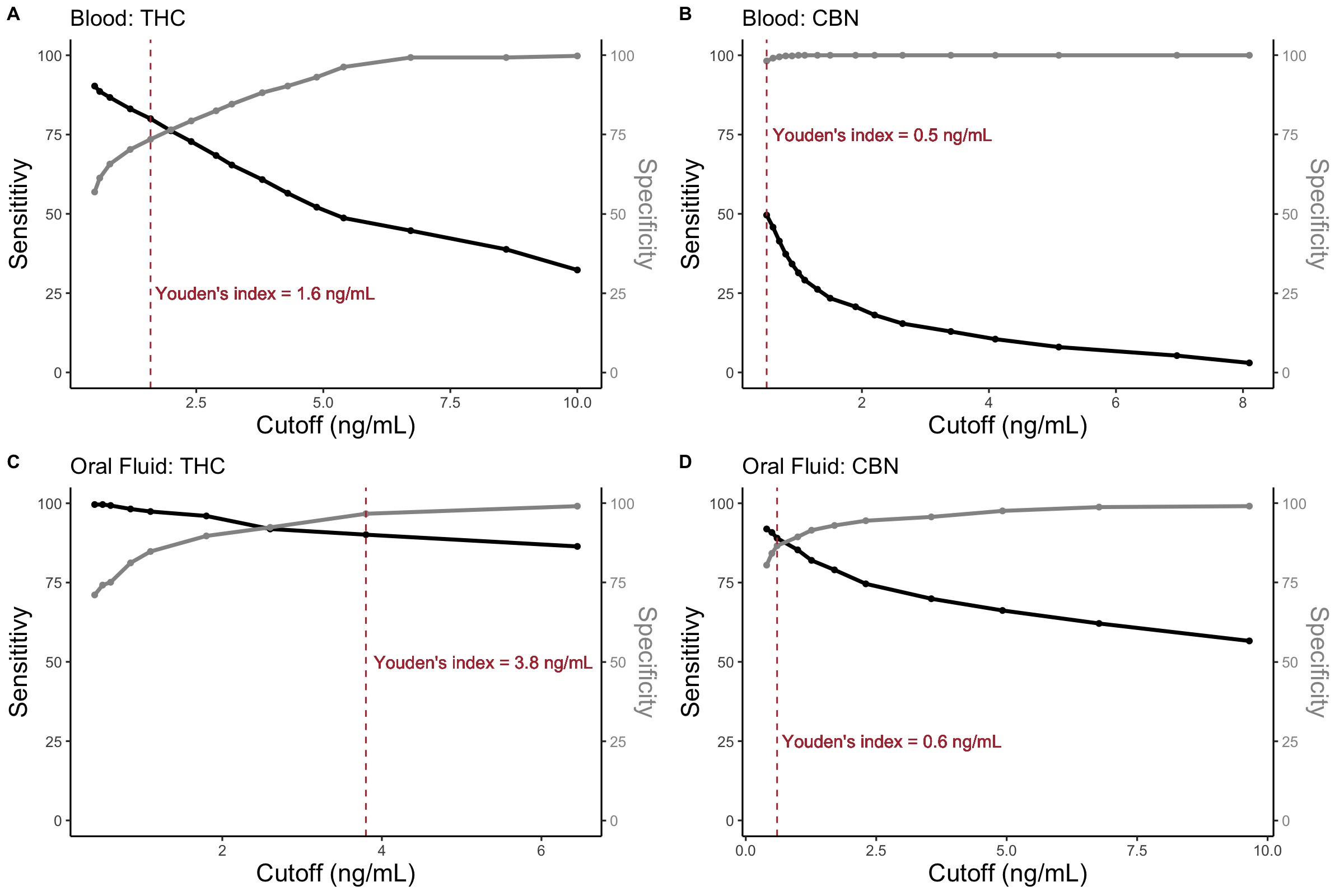
…and if there’s time PPV and Accuracy post 3h
What Came After
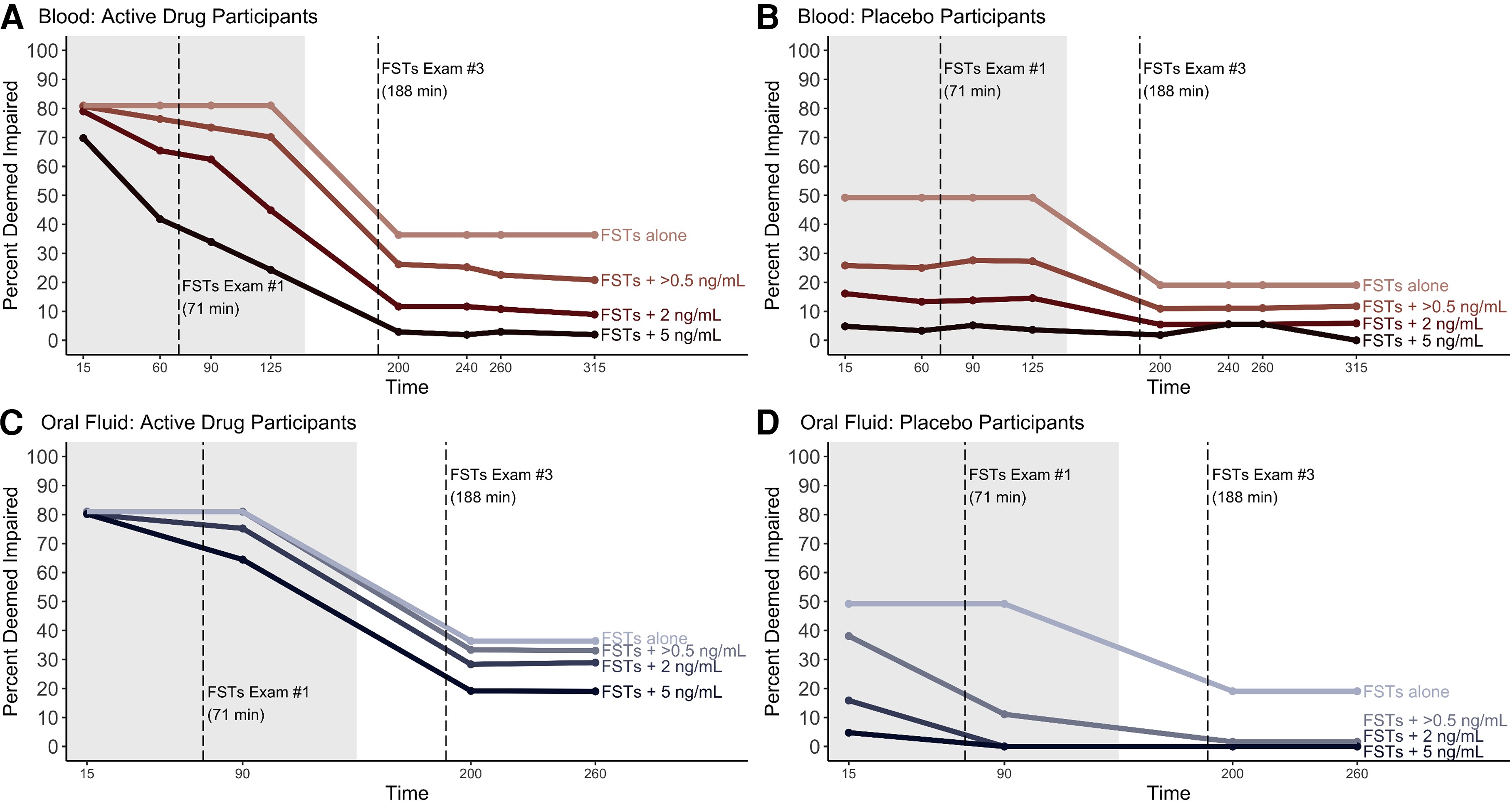 Source: Fiztgerald et al.
Source: Fiztgerald et al.
Recap
- Could you summarize/explain background presented?
- Could you summarize the experiment that was done?
- Could you describe the datasets? (variables, observations, values, etc.)
